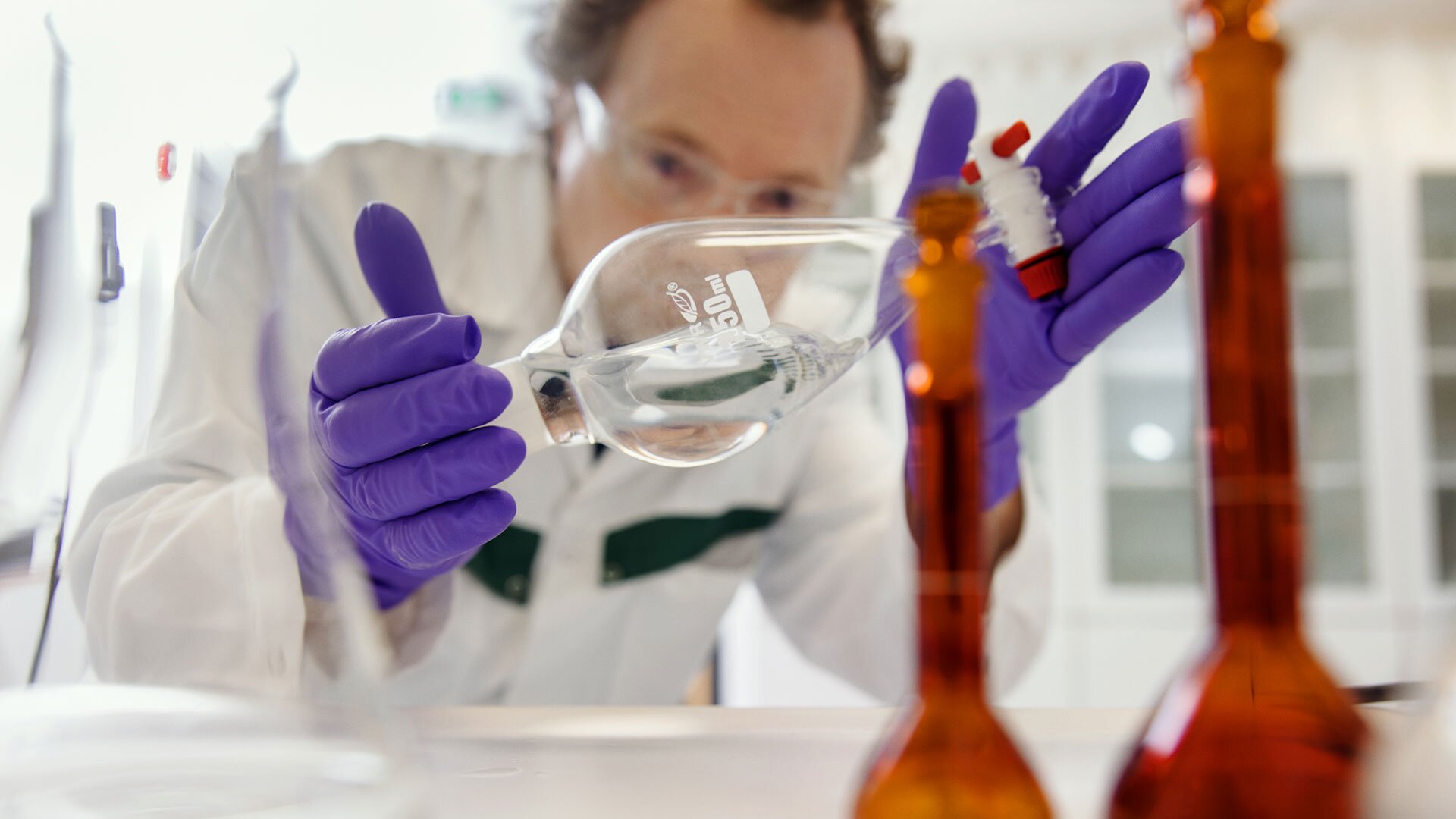When something crucial happens in life, the date stays in your mind. For Kimmo Kanniainen from Mikkeli, that day was 26 June 2001.
“In an accident at work, my left hand was caught between rollers. The device stopped rotating, but it didn’t release the pressure.”
When Kimmo’s hand was removed from between the rollers, he says it felt like a severe burn. After the cryotherapy provided as first aid, Kimmo lost consciousness on the way to the hospital in his boss’s car. In the emergency room, his arm was rested on broomsticks borrowed from the cleaners, so that the tissue fluid wouldn’t cause too much swelling in his hand.
“I was issued three weeks of sick leave. I then returned to heavy physical work, and the pain got worse. The next weekend, I couldn’t sleep at all.”
After the weekend, Kimmo was referred to a neurology outpatient clinic by his doctor.
Diagnosed with complex regional pain syndrome
Kimmo was issued a year of sick leave and was told not to use the hand. Complex regional pain syndrome (CRPS) could have been prevented if the hand hadn’t already been put under too much stress.
At the pain clinic in Mikkeli, in addition to medication, heavy anaesthetic treatments were started (these are no longer used). Electroneurography showed that there was extensive nerve damage.
After a year of sick leave, Kimmo wanted to continue his studies, but the doctor didn’t recommend it because of his severe pain. Kimmo retired in 2004.
Kimmo, a self-confessed workaholic, took part in a work trial at the suggestion of the insurance company. Although he worked only three hours a day, it was still too much. The pain limited his ability to work.
A pain stimulator takes away most of the pain
A year before Kimmo retired, a pain stimulator was inserted into his body. Because of the required insertion, repair and maintenance of the device, Kimmo has been operated on 25 times over the years. Later, a new transcutaneous high-frequency stimulator allowed him to reduce his pain medication by 90% in less than a year.
“Then I had a car accident. I had whiplash, and the stimulator broke. A series of operations followed. It turned out that scar tissue had formed on the back of my neck, as well as in my stomach, where the battery was, connected by a cord to the back of my neck. Nothing seemed to work.”
The stimulator now takes away about 70% of the pain. Kimmo describes the way it works as interfering with the radio frequencies of pain in the brain. He continues to use a wide range of medicines. Kimmo is grateful to have had the same doctors and consistent treatment practices.
With the dog, the pain is less frequent
Rölli came into Kimmo’s life in 2018. Kanniainen started training the Australian terrier puppy to become his pain dog. He obtained information from Innomedidogs, an association exploring the potential of dogs to support health in everyday life.
“I started training Rölli using simple methods: I put him in my lap, gave him treats and let him sniff two jars. One of the jars contained gauze with the smell of my armpit or breath during pain, and the other one contained gauze with the scent of my skin during a painless period.”
After only eight months, Rölli was able to anticipate pain some15 to 20minutes before it started. Now the dog can announce the onset of pain 30 to 45 minutes in advance. At night, he licks Kimmo’s cheek. During the day, he comes close to Kimmo and nudges him with his nose.
“My pain tolerance has changed, and the pain has decreased with Rölli. I can take the medicine before the pain starts. I used to have three or four episodes a week; now I have only three a month. These happen when the dog is not around. Without the dog, I would have to use ten times more medication.”
My pain tolerance has changed, and the pain has decreased with Rölli. I can take the medicine before the pain starts.
Active peer support groups
Rölli also senses other people’s pain. Once a week, Kimmo and Rölli visit the OLKA point at Mikkeli Hospital for a couple of hours, where professionals and peers provide patients and their loved ones with support in adapting to the disease.
“The dog breaks the ice and encourages people to talk. He won’t go into the laps of strangers, but he may nudge their hand or leg and then report their pain to me with a little woof or bark.”
According to Kimmo, anyone can train a dog to recognise pain and even the level of pain. Rölli announces severe pain. The breed doesn’t matter, as long as the dog is well-behaved and social.
In addition to the open group, Kimmo has been running a closed peer support group once a week for six years. The group meets for three hours at a time. He also works as an IT guru in small doses. It’s easy to help people with computer problems remotely.
Riding the roller coaster with a positive attitude
An accident at work was a lesson learned; Kimmo says he would now be wiser if something like that happened again. A first response team or other healthcare professionals should be called immediately.
Kanniainen admits that pain has changed his life considerably.
“To others, I would say that pain is always real. Nerve damage pain tends to spread and get worse. The pain is mentally draining and takes time even from the next day. You have to listen to yourself and get enough rest. Moderate exercise is good for you. You have to follow the doctor’s advice, and medicine helps only if you take it.”
The pain is mentally draining and takes time even from the next day. You have to listen to yourself and get enough rest.
Despite everything, Kimmo strives for positivity.
“You need to enjoy what you have now, because you don’t know what tomorrow will bring. It’s like riding a roller coaster all the time: 90 degrees uphill and 45 degrees downhill. Sometimes the hills are big, but everything will be fine eventually.”
Kimmo Kanniainen’s thoughts on pain:
- In serious accidents at work, a health professional is needed.
- A stimulator helps: it takes away around 70% of the pain.
- Having the same doctors and consistent treatment practices makes it easier to get effective care.
- Anyone can train a dog to recognise pain.
- You have to listen to yourself and get enough rest.









